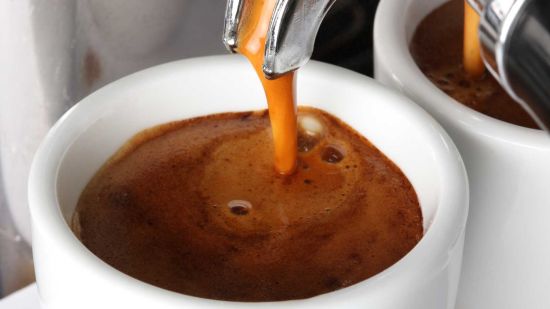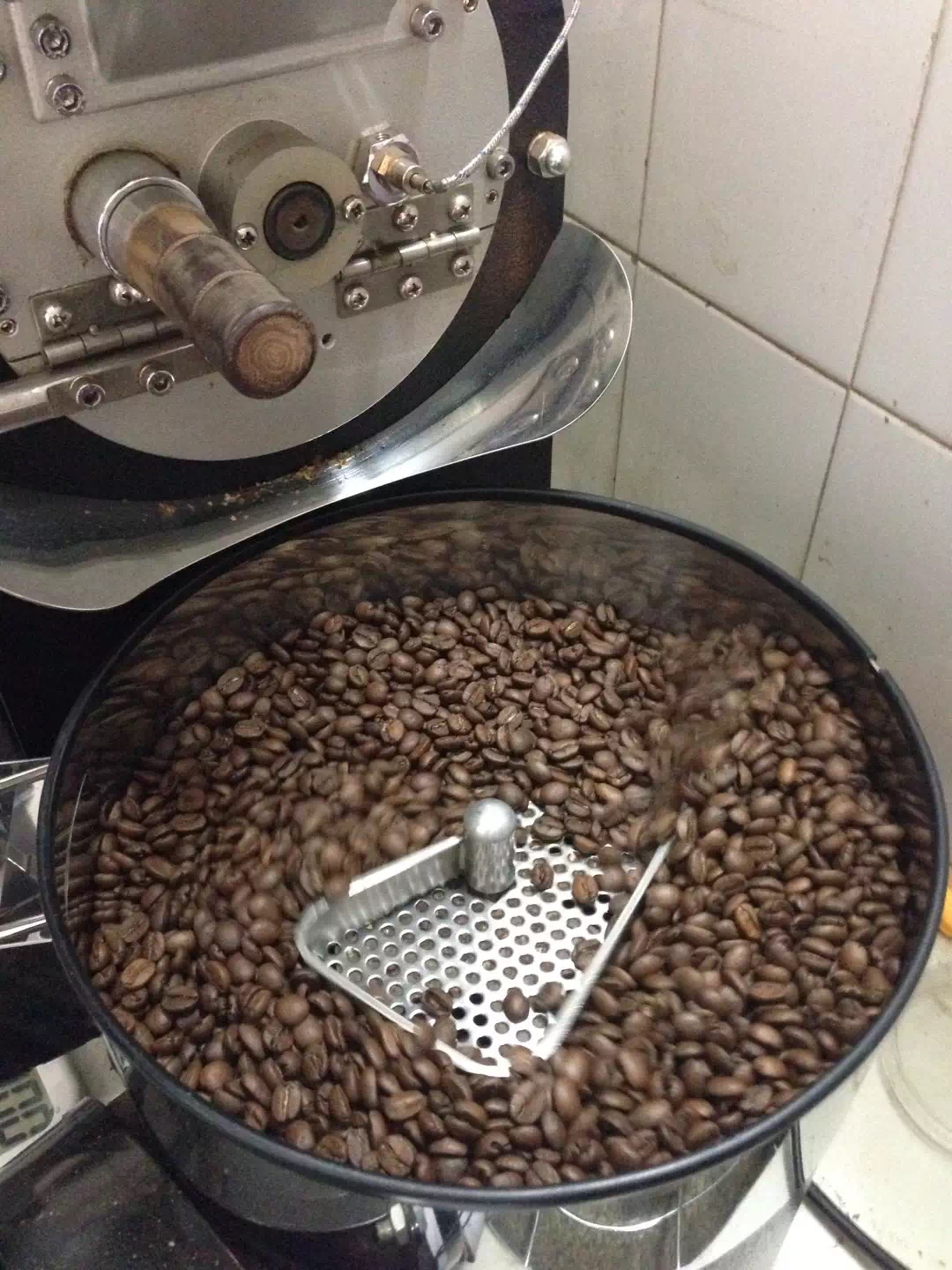How does decaffeinated coffee remove caffeine?
Coffee that removes more than 90% of the caffeine becomes decaffeinated coffee (Decaffeinated coffee, called Deccaf). In the past, organic solvents were generally used to remove caffeine, but it is now banned in Japan because of residual solvents and possible carcinogens. At present, decaffeinated coffee, which is mainly circulated in Japan, is a product that removes caffeine with water or carbon dioxide.
Although it is more familiar with water and more at ease, caffeine is not very soluble in water, so it is actually a bit difficult to dissolve caffeine in water. In addition, the basic substances that make up coffee flavor, such as amino acids, oligosaccharides and chlorogenic acid, are easily soluble in water. Instead, it will be removed before caffeine.
In order to solve this problem, the method adopted is the Swiss washing method. The Swiss washing method is to dissolve all the water-soluble ingredients other than caffeine in raw beans into water as far as possible, and then soak another batch of raw beans with these waters. although the water-soluble amino acids, oligosaccharides and chlorogenic acids in these raw beans want to dissolve into the water, but because the water is already full of the same ingredients, the ingredients of raw beans cannot be dissolved. On the other hand, caffeine is dissolved because there is no caffeine in the water. However, you can't dissolve too much caffeine at a time, so you have to soak it repeatedly to remove it bit by bit. Water containing caffeine is filtered with activated carbon and can be used to remove caffeine. In this way, caffeine can be removed without destroying the main ingredients.
The way to use carbon dioxide removal is to adjust the pressure and temperature to effectively dissolve caffeine. Carbon dioxide is usually attitude, and pressurization can have both attitude and liquid properties (this state is called supercritical), or turn it into liquid use. Supercritical carbon dioxide is very effective in removing caffeine, while liquid is slightly less efficient, but it is almost intact to retain the basic ingredients that make up the flavor of coffee.

Source: books [Scientific interpretation of the Secret Coffee]
Important Notice :
前街咖啡 FrontStreet Coffee has moved to new addredd:
FrontStreet Coffee Address: 315,Donghua East Road,GuangZhou
Tel:020 38364473
- Prev

Coffee roasting principle: a detailed explanation of heat conduction, convection and radiation
Introduction: coffee roasting will face a variety of problems, only familiar with the roasting principle of coffee, continue to accumulate experience, coupled with improvisation, baristas can master superb skills. To do a good job in baking, every production link can not be ignored, the selection of materials should be fastidious, the weighing of materials should be accurate, and the operation should be careful. Baking is a science. To understand the principle of baking, you must first understand heat conduction,
- Next

The classification of bean grinder-the grinding size of beans and the taste of coffee have a great influence.
It takes a lot of effort to make a cup of fragrant coffee. You need to wait patiently for items such as collection, processing, and baking, while the results need to be ground. If you want to do good work, you must first sharpen your tools, and the bean grinder for grinding coffee is also a learning tool. The roasted coffee beans can not be boiled directly, and the coffee beans need to be ground to make coffee, and the bean grinder plays a role in this process.
Related
- What is the meaning of lactic acid fermentation with coffee bean treatment?
- How to judge the state of foam by sound?
- How does the latte pull out the unicorn pattern? Come to get for a little trick to improve the flower pull!
- Will flower pulling affect the taste of the latte?
- Do you know the history of coffee?
- The difference between honey treatment and sun washing what is raisin honey treatment?
- What kind of milk can a novice use to make coffee foam to keep the foam longer? The correct method and skills of milking tutorial sharing
- Why do washed coffee beans taste sour? Flavor characteristics of washed Coffee
- Introduction to the skill of how to practice the size and height of water injection around the circle of hand-brewed coffee
- How do beginners practice coffee flower drawing from scratch?

